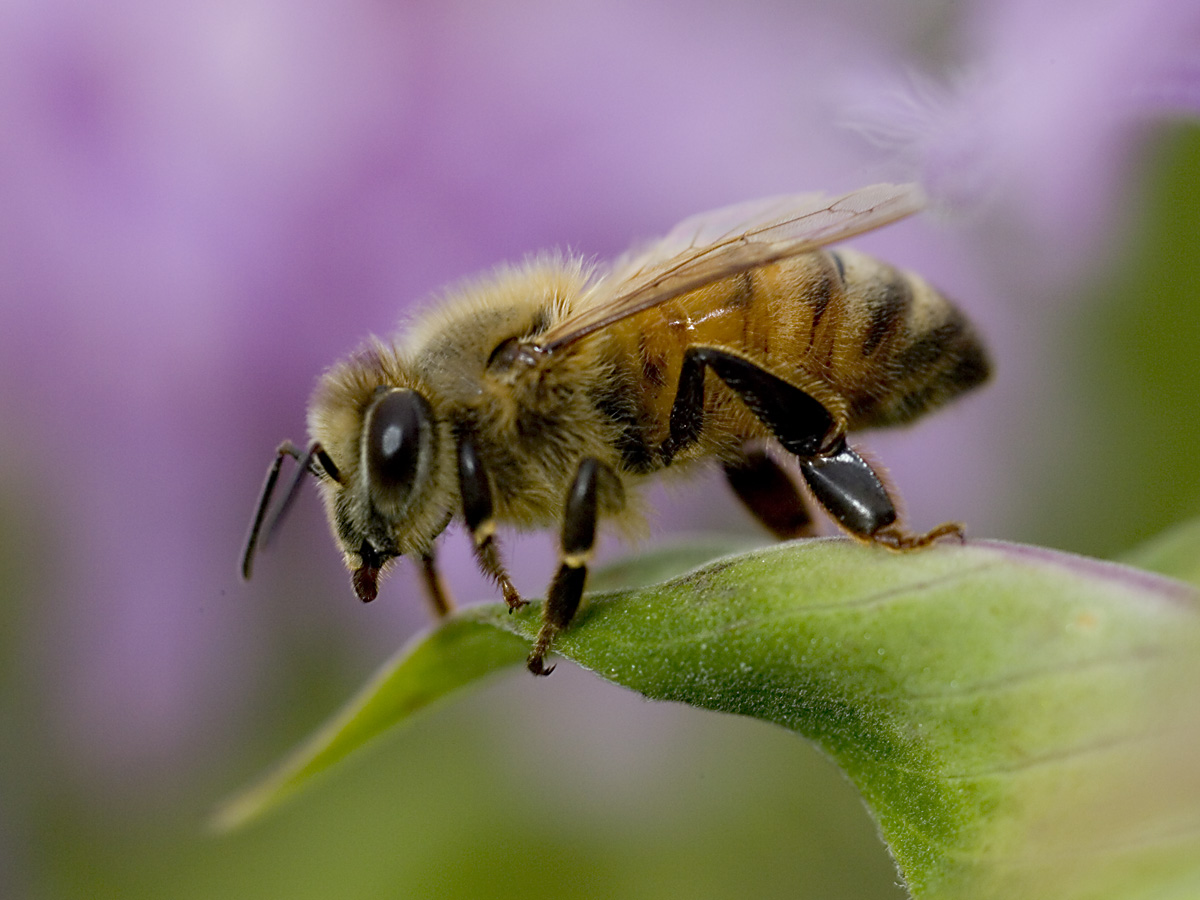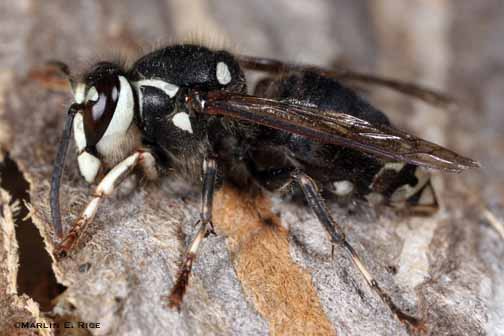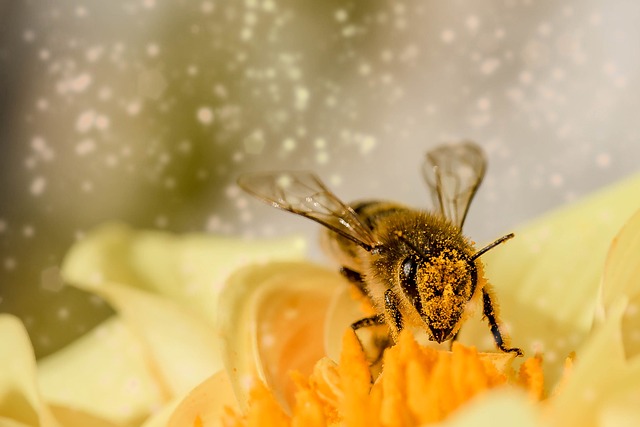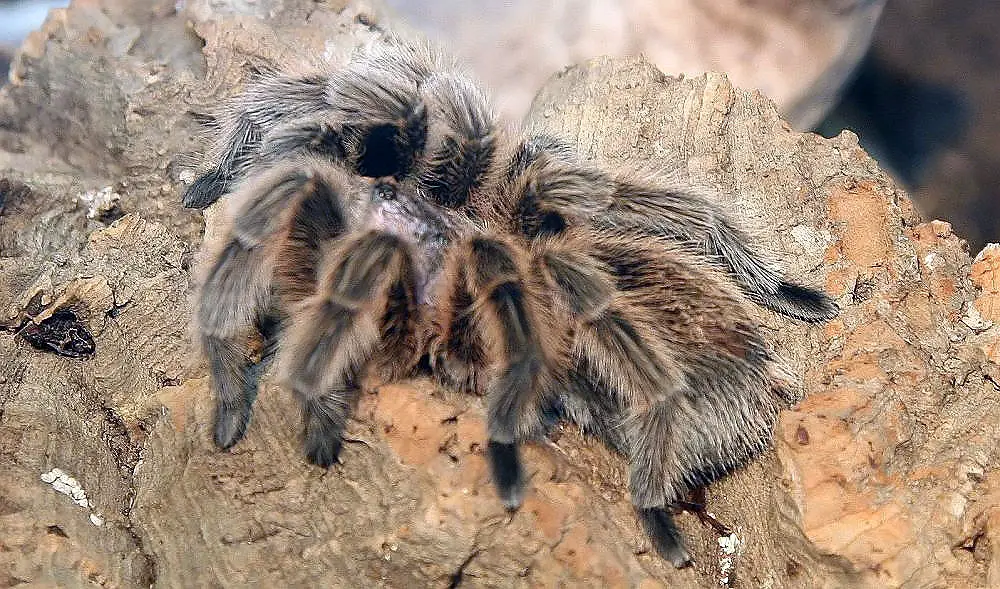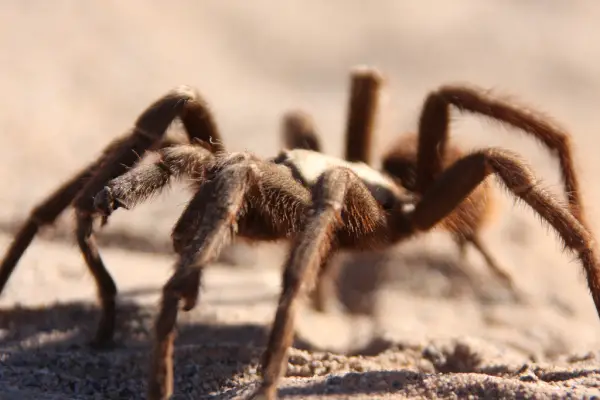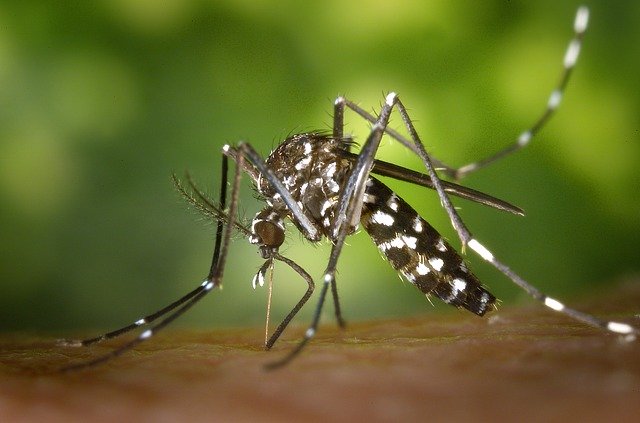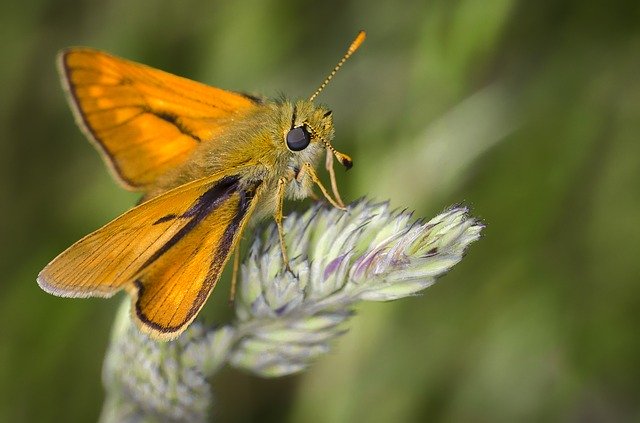Let’s discover these fascinating honey bee facts for kids and everything related to these insects. Honey bees are insects that belong to the family of Apidae and are largely recognizable by the storage of their honey as well as building of nests out of its wax. These flies are also considered to be the most extant members of Apini. At present, scientists have not discovered more than seven honey bee specie as against the total number of forty four species. There are more than 20,000 species of bees around the world out of which honey bees claim only a small percentage. Honey bees, in the past, had been traded amongst different parts of the world. During the 17th century these insects were first brought by the indigenous people or European colonists in America. Some of these species are Italian bees and dark bees. There are certain crops that rely on honey bees for pollination and these were also imported ever since the colonial times.
Amazing Honey Bee Facts For Kids
- Honey bees are believed to have come from South East and South Asia and that also includes Philippine. The first bee fossils ever appeared some 23 to 56 million years ago in European deposits. Europe is not necessarily the place of origin of these honey bees. Some new fossils have also been discovered that dates back to some 14-million-years ago.
- The bumble bees and stingless bees are considered to be cousins of these species.
- Honey bees are highly social insects.
- Some of the smallest honey bees are Apis andreniformis and Apis florae that are found in southern and southern Asia. These species do not construct large nests in trees. Besides, their sting is not powerful enough to pierce into the skin and therefore, extreme precautionary measures are not necessary while handling them.
- Megapis is the most fearsome honey bee because of its powerful sting that does not allow its predator including humans, to escape. For the same reason, these species should be handled with extreme care or it should be left to the professionals. It’s powerful venomous sting can lead humans to death within few hours. However they only attack when they’re disturbed.
- The Apis dorsata is a giant honey bee and is endemic to the Southeast and South Asia.
- Another honey bee that inhabits in the land of Indonesia is Apis dorsata binghami and it is the subspecies of the giant honey bee.
- There are some honey bee species that are solely restricted to the Himalayas because of its ecological adaptation. It is by far the largest honey bee. They usually construct nests in elevated and exposed regions. These species considerably varies from the Giant honey bee as far as their physical features are concerned.
- Like eusocial bees, honey bees have one queen bee that is a fertile female. The honey bees are classified on the basis of their variable tasks such as some of these species are drone bees, while some are worker bees and others are simply fertile males.
- The young worker bees are responsible for feeding the larvae. Moreover they are supposed to search the food for the rest of the family members and they do so with an absolute cooperation.
- These insects also perform dance in order to engage bees to accumulate nectar from returning hunters.
- The drone bees are known to die during the act of mating.
- The group of honey bees is called swarms and is consisted of large numbers of worker queens and mated queen. Unlike other bees, honey bees tend to establish colonies in groups and not alone.
- As the temperature falls below 10o C (50o F), the honey bees disappear as they move further to form a winter cluster. The queen bee is surrounded by the worker bees to maintain the temperature of 27o C around the queen.
- When the winter arrives, honey bees consume their honey which was already stored to generate body heat.
- The queens are known to lay more than 2,000 eggs each day. They are fully developed in about 21 days
- The worker bees are responsible for guarding over the cell against any potential predator in case they encounter any, workers will discharge a pheromone that enhances the attach response among other members. They usually make use of their sting to infect their predators. They are the only species that gives warning to the predator before the final attack.
- Honey bees usually communicate with each other via different chemical signals just like other insects. They also convey the information regarding the quality of resources in the surrounding plus the exact location of these resources.
READ: How to Get Rid of Fruit Flies in House?
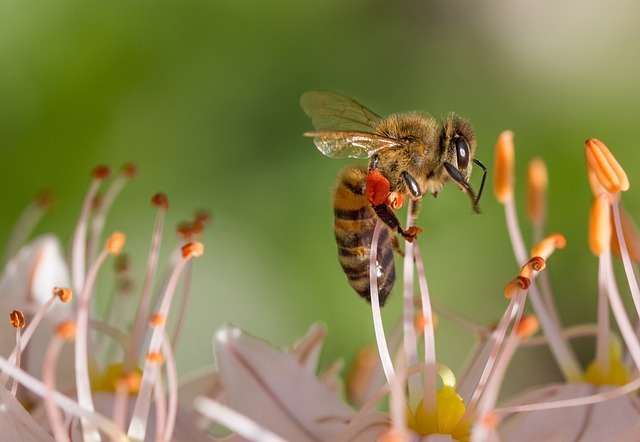 Pollination
Pollination
These types of insects are the frequent floral visitors and they pollinate a large selection plants. Apis mellifera is the only honey bee that is widely employed commercially for pollinating crops and other plants. Billions of dollars each year is what makes this pollination rather more valuable.
Honey
Honey is a thick non-volatile liquid that the honey bee releases after being fed from nectar, trees, and specific kinds of sweet plants and flowers. In the honeycomb all the honey is stored for the future food source.
Workers
In each honey bees warms, there are large gatherings of workers with an estimate of about 60,000 worker bees in a single colony. These workers build up in 21 days, with some species grow in about 19 days especially those of living in Louisiana. They have the most complicated morphology. Some of the most varied tasks that these workers perform includes feeding, receiving nectar, guard over the colony, orient to hive, foraging, cleaning out the cell, consuming capped brood cell and brooding.
Facts About Honey Bees For Kids | Video

